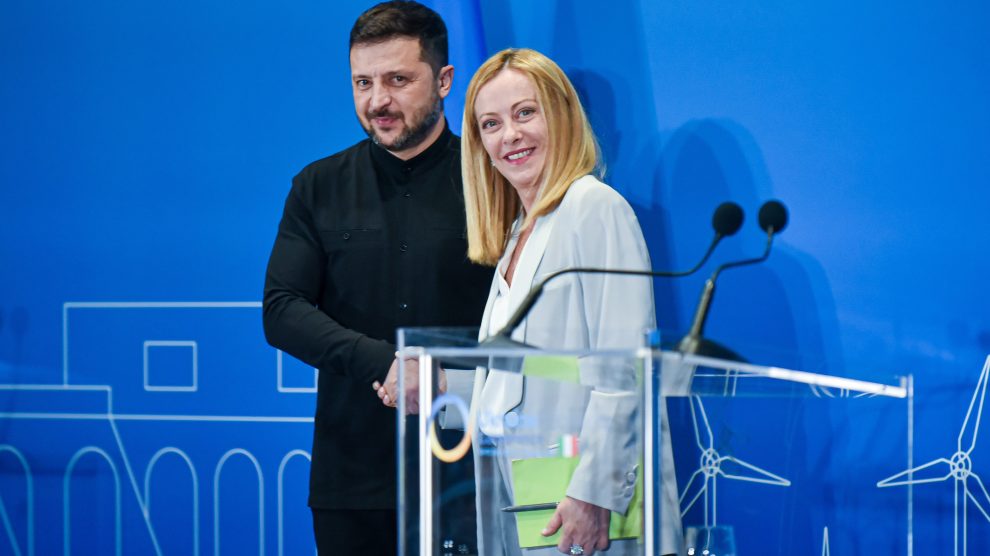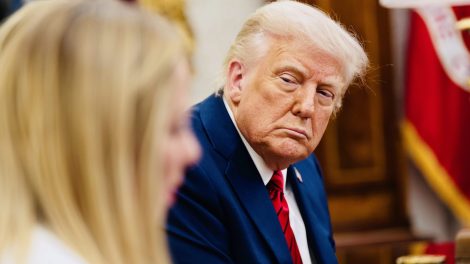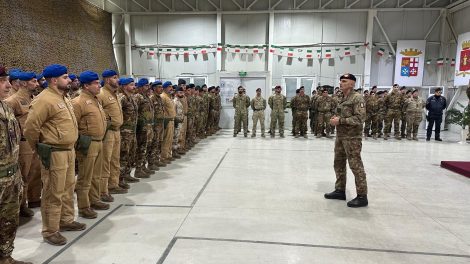Right or wrong? “This is a delicate issue. In our case, it is not just a political or economic matter, but also a legal one,” Nones explains, decoding the news reports on Italy’s decision not to join the arms supply framework promoted by the Trump administration.
- “If the government were transferring equipment already in service—as it has done so far—there would be no problem, since current legislation allows it (otherwise, the aid already delivered would not have been possible). But purchasing new weapons systems abroad for the sole purpose of sending them to Ukraine would require a specific law.”
Parliamentary chokepoint. “With a divided Parliament and part of the governing majority already reluctant to continue military support, it is hard to imagine the government choosing to open this issue,” Nones adds.
The European dimension. According to Nones, “Europe’s defence industry today is not yet able to meet the rising demand on its own,” referring to the EU’s goal of increasing military spending to 3.5% of GDP by 2035.
- “In the short term, turning to external suppliers—namely, the United States—is inevitable. But, and this is key, acquisitions must be carefully selected to avoid saturating the European market with American systems that would hinder the development of joint technologies and European defence programs.”





